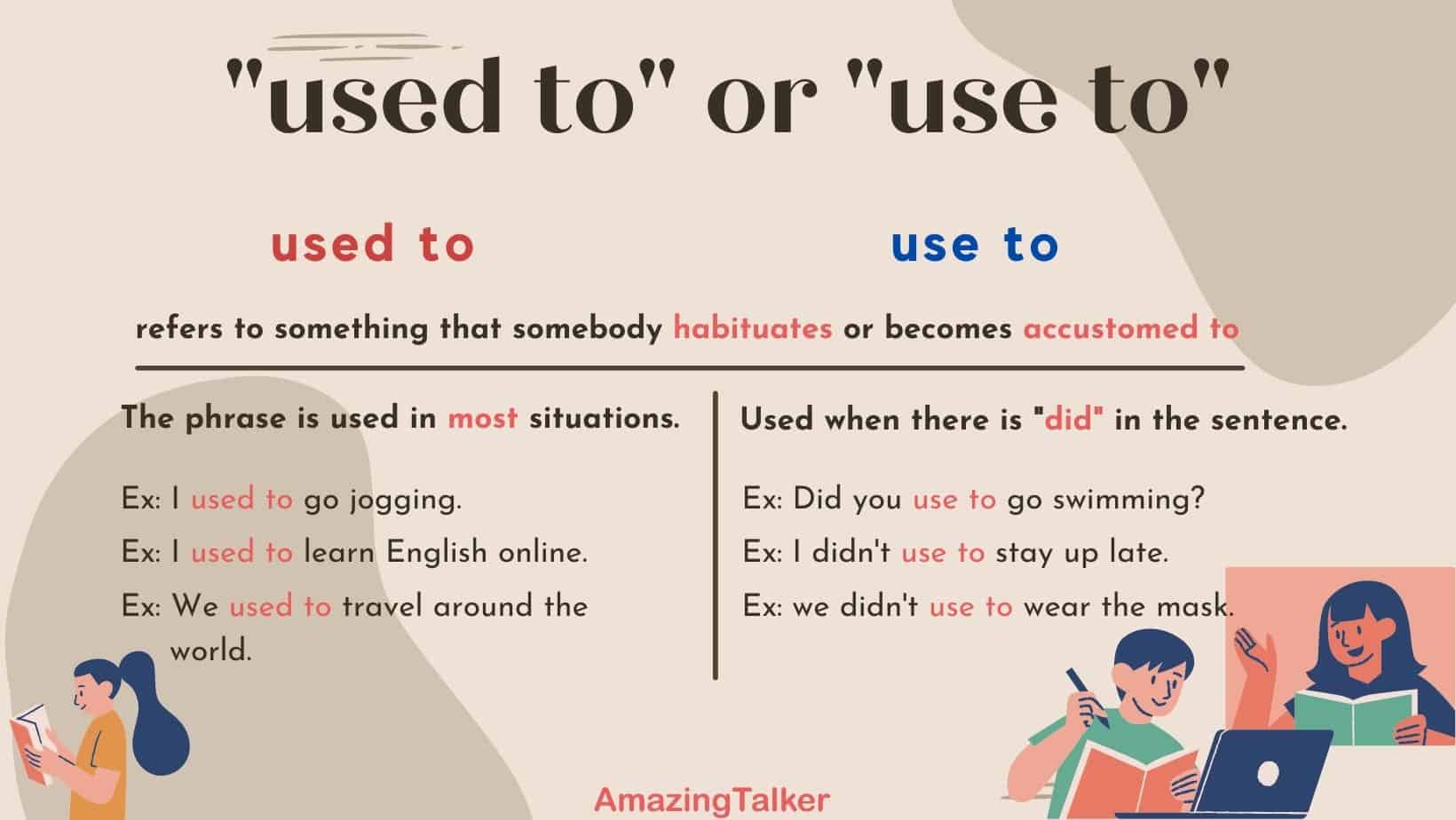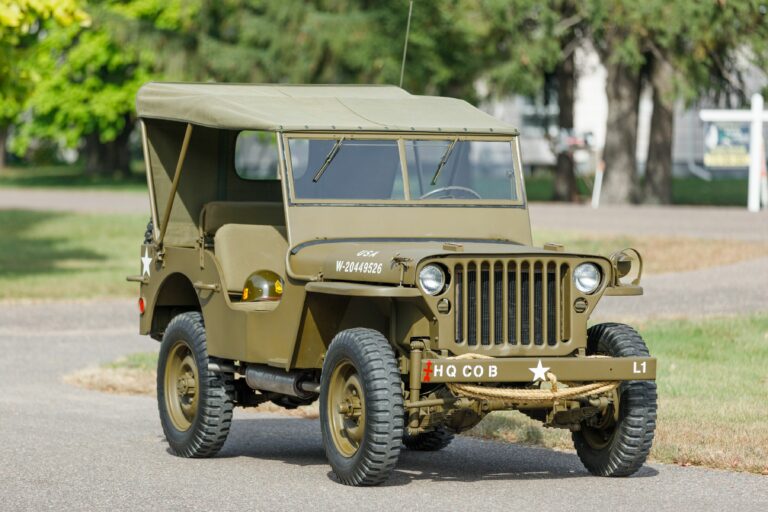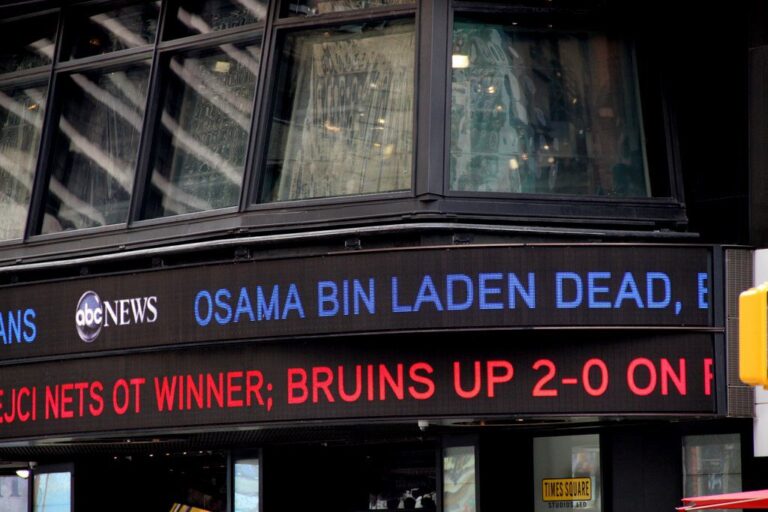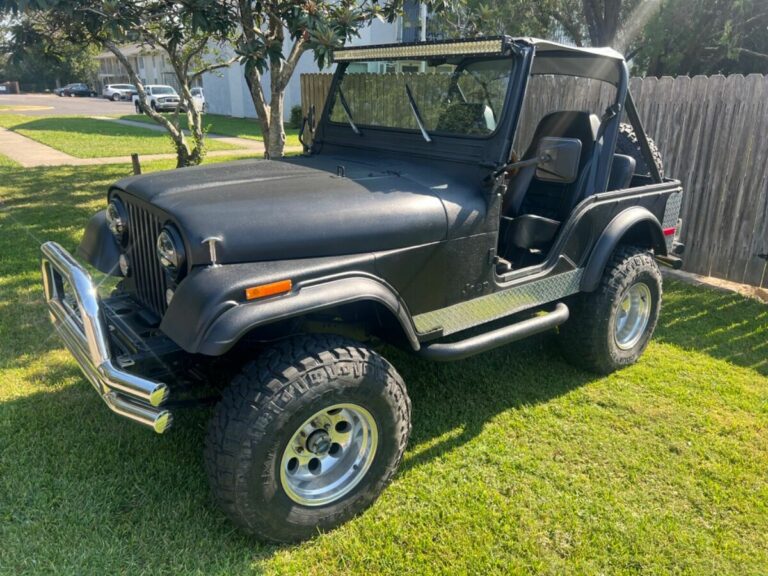Used Jeep Hard Tops For Sale: Your Ultimate Guide to a Smart Upgrade
Used Jeep Hard Tops For Sale: Your Ultimate Guide to a Smart Upgrade jeeps.truckstrend.com
For many Jeep owners, the allure of open-air freedom is undeniable. Yet, there are times when a soft top simply doesn’t cut it. Whether it’s the biting cold of winter, the relentless downpour of a storm, the need for enhanced security, or a desire for a quieter ride, a hard top becomes an essential upgrade. While new hard tops can command a hefty price tag, the market for Used Jeep Hard Tops For Sale presents an incredibly appealing, cost-effective, and often immediate solution. This comprehensive guide will navigate you through everything you need to know about finding, evaluating, and installing a used hard top, transforming your Jeep experience without breaking the bank.
Why Consider a Used Jeep Hard Top? Unlocking Value and Practicality
Used Jeep Hard Tops For Sale: Your Ultimate Guide to a Smart Upgrade
The decision to opt for a used hard top over a brand-new one is often driven by a compelling combination of financial prudence and practical advantages. Understanding these benefits is the first step in a smart purchase.
- Significant Cost Savings: This is, without a doubt, the primary motivator. New OEM (Original Equipment Manufacturer) hard tops can range from $2,500 to $5,000 or more, depending on the model and features. Used hard tops, even in excellent condition, typically sell for 30-60% less, offering substantial savings that can be redirected to other Jeep modifications or simply kept in your pocket.
- Immediate Availability: Unlike ordering a new top that might have lead times or require specific configurations, used hard tops are often available for immediate pickup. This is particularly beneficial if your current soft top has been damaged or if you need a quick transition before a change in seasons.
- Durability and Longevity: Jeep hard tops, whether OEM or aftermarket, are built to withstand harsh conditions. They are typically constructed from robust fiberglass or composite materials designed for extreme weather and off-road abuse. A well-maintained used hard top can easily have many years of life left, making it a sustainable and durable investment.
- Environmental Friendliness: Choosing a used hard top is an eco-conscious decision. By repurposing an existing product, you contribute to reducing waste and the demand for new manufacturing, lessening your environmental footprint.
- Access to Specific Styles/Colors: Sometimes, the exact color or specific configuration (like a textured black finish) you desire might be harder to find new, especially for older Jeep models. The used market broadens your options, potentially allowing you to find a perfect match or a unique style that’s no longer in production.
- Enhanced Security and Noise Reduction: A hard top inherently offers better security against theft than a soft top, and its rigid construction provides superior insulation against road noise, wind, and extreme temperatures, making your daily commute or long road trips much more comfortable.

Types of Jeep Hard Tops and Crucial Compatibility
Before you begin your search, it’s vital to understand the different types of hard tops and, critically, their compatibility with various Jeep models. A mistake here can lead to a costly and frustrating purchase.
- OEM (Original Equipment Manufacturer) vs. Aftermarket:
- OEM Tops: These are manufactured by Jeep or its direct suppliers. They are designed for a perfect fit, often integrate seamlessly with existing wiring (for rear defrosters, wipers), and generally command a higher price, even used.
- Aftermarket Tops: Produced by third-party companies (e.g., Bestop, Smittybilt, DV8 Offroad), these offer a wider range of styles, features, and price points. While many are excellent quality, some might require minor adjustments for a perfect fit or separate wiring kits.
- Model-Specific Compatibility is Paramount: This cannot be stressed enough. Jeep hard tops are not universally interchangeable across different generations.
- CJ (1976-1986), YJ (1987-1995), TJ (1997-2006): These older models generally have two-piece hard tops. Compatibility is strictly within their respective generations. A TJ top will not fit a YJ, and vice-versa.
- JK (2007-2018): This generation introduced the modular three-piece hard top (with removable "Freedom Panels"). Crucially, a 2-door JK hard top will not fit a 4-door JK Unlimited, and vice-versa. The length and mounting points are different.
- JL (2018-Present): Similar to the JK, the JL also features a modular three-piece design. Again, a 2-door JL hard top will not fit a 4-door JL Unlimited, and vice-versa. While the JL and JK share some stylistic cues, their hard tops are not interchangeable due to differences in body dimensions and mounting points.
- Gladiator JT (2020-Present): The Gladiator pickup truck uses a hard top specific to its longer body and cabin, distinct from the Wrangler JL.
- Features to Consider:
- Freedom Panels: Most JK, JL, and Gladiator hard tops come with removable front panels for a quick open-air experience without removing the entire top. Ensure these are included and in good condition.
- Tinted Windows: Standard on many tops, offering privacy and sun protection.
- Rear Wiper and Defroster: Essential for visibility in inclement weather. Verify these components are present and functional, including the wiring harness.
- Headliner: Some hard tops come with an insulated headliner, which improves interior acoustics and provides better temperature regulation.
- Textured vs. Painted: Hard tops come in textured black or can be painted to match the body color. Factory-painted tops are rarer on the used market and may command a premium.
Where to Find Used Jeep Hard Tops: Your Hunting Grounds
The hunt for a used hard top requires patience and knowing where to look. Diversifying your search channels increases your chances of finding the perfect match.
- Online Marketplaces (Your Best Bet):
- Facebook Marketplace: Excellent for local finds. Use specific search terms like "Jeep JK hard top 2-door" or "Wrangler JL hard top." Filter by location.
- Craigslist: Similar to Facebook, but often requires more diligence to filter through ads. Again, focus on local listings.
- eBay: Good for broader searches, but be extremely wary of shipping costs for such a large item. Local pickup options are best here too.
- Dedicated Jeep Forums: Websites like JL Wrangler Forums, JK-Forum, WranglerForum, and TJ Forum often have "For Sale" sections where members list parts. These are great because sellers are usually fellow enthusiasts who understand the product.
- Specialized Jeep Parts Websites: Some aftermarket retailers or even large salvage operations might list used hard tops on their sites.
- Local Salvage Yards / Auto Recyclers: This can be a treasure trove, but it’s hit or miss. Call ahead to see if they have any Jeeps with intact hard tops. Be prepared for potentially more wear and tear, but also lower prices.
- Jeep Dealerships (Used Parts Departments): While not common, some dealerships might take trade-ins or have a used parts section. It’s worth a call, especially if you’re looking for an OEM top.
- Local Jeep Clubs & Off-Road Groups: Networking with fellow Jeepers can yield results. People upgrading their tops or selling their Jeeps often list parts within their community first.
- Consignment Shops / Specialty Off-Road Stores: Some smaller independent off-road shops might take used parts on consignment or buy them outright.
What to Look For When Buying a Used Hard Top: A Detailed Inspection Checklist
Once you’ve found a potential candidate, a thorough inspection is crucial. Don’t rush this step; a few minutes of careful examination can save you headaches and money later.
- Structural Integrity:
- Cracks and Chips: Inspect the entire top, inside and out, for cracks, especially around mounting points, windows, and the edges of the freedom panels. Small chips or surface scratches are typically cosmetic, but deep cracks can compromise the top’s structural integrity and lead to leaks.
- Warping: Lay the top on a flat surface if possible (or visually inspect it on the seller’s Jeep) to ensure it isn’t warped, which can cause significant sealing issues.
- Window Condition:
- Cracks or Chips: Check all windows (rear and side panels) for any cracks, chips, or delamination.
- Tinting: If tinted, ensure the tint isn’t peeling, bubbling, or excessively scratched.
- Rear Window Hinge and Struts: Open and close the rear window several times. Ensure the hinges operate smoothly and the gas struts (which hold the window open) are still strong and not failing.
- Seals and Weather Stripping:
- Inspect all rubber seals: Pay close attention to the seals around the windows, the bottom edge where it meets the tub, and the seals between the freedom panels and the main top (for JK/JL models).
- Cracks, Tears, Compression: Look for any signs of cracking, tearing, or excessive compression, which are common causes of leaks. While seals can be replaced, factor that cost into your budget.
- Latches and Mounting Hardware:
- Presence and Functionality: Ensure all interior latches (front, side, and rear) are present and operate smoothly. For JK/JL tops, confirm the front "quick release" latches on the freedom panels are intact.
- Mounting Bolts/Hardware: Ask the seller if they include the necessary mounting bolts (typically 6 or 8 depending on the model) and the washer/gasket combination. Missing hardware means additional cost and effort.
- Wiring (Rear Wiper/Defroster):
- Presence: If the top has a rear wiper and defroster, ensure the wiring harness is intact and present.
- Functionality (if possible): If the top is still on the seller’s Jeep, ask them to demonstrate that the wiper and defroster work.
- Overall Cosmetic Condition:
- Scratches/Scuffs: Expect some minor scratches or scuffs on a used item. Determine if they are acceptable to you or if you’re willing to touch them up or repaint.
- Fading: Check for uneven fading, especially on textured black tops, which can be difficult to match.
- Completeness: Confirm that all components are included: the main top, freedom panels (if applicable), all necessary latches, bolts, and the wiring harness for the rear features.
Installation and Maintenance Tips: Getting Your New-to-You Top On
Installing a hard top is a manageable DIY project, but it typically requires an extra set of hands.
- Tools Required: Basic hand tools like a ratchet with appropriate sockets (usually 10mm, 13mm, 15mm depending on model), and a Torx bit set (T30, T40, T50 for some bolts).
- Two-Person Job: The hard top is heavy and awkward. Always have at least one other person to help lift and align it onto the Jeep.
- Seal Preparation: Before setting the top, ensure the mating surfaces on your Jeep’s tub are clean and free of debris.
- Alignment: Carefully align the top with the mounting holes on the Jeep. Don’t force it.
- Bolt Sequence: Start by hand-threading all mounting bolts before fully tightening any. This ensures proper alignment and prevents cross-threading. Tighten evenly, usually starting from the front and working your way back.
- Leak Testing: After installation, spray water over the entire top, especially around seals and windows, to check for any leaks. Address any issues immediately.
- Maintenance:
- Seal Care: Regularly clean and treat rubber seals with a silicone-based lubricant to keep them pliable and prevent cracking.
- Cleaning: Wash your hard top with automotive soap and water. Avoid abrasive cleaners.
- UV Protection: If your top is black, consider using a UV protectant spray to prevent fading and cracking from sun exposure.
- Off-Season Storage: If you remove your hard top for the summer, store it properly on a hard top hoist, cart, or stand in a dry, protected area. Avoid resting it directly on the ground or against a wall where it could warp or get damaged.
Potential Challenges and Solutions
While buying used is smart, it’s not without its potential hurdles.
- Finding the Right Fit: As emphasized, compatibility is key. Double-check your Jeep’s model year and 2-door/4-door configuration against the hard top you’re considering. If unsure, consult your owner’s manual or an online parts diagram.
- Shipping Costs: The size and weight of a hard top make shipping expensive. Prioritize local listings where you can arrange pickup to save hundreds of dollars.
- Damage or Missing Parts: Be realistic. A used top might have minor imperfections. Factor in the cost of minor repairs (e.g., seal replacement, touch-up paint) or sourcing missing hardware. Don’t overpay for a top that requires significant repair.
- Color Matching: Unless you find a top in your exact Jeep color, you’ll likely have a black textured top. If you want a body-colored top, factor in the cost of professional painting.
Estimated Price Range for Used Jeep Hard Tops
Prices for used hard tops vary significantly based on model, condition, location, and whether all components (like freedom panels, wiring) are included. This table provides a general estimate.
| Jeep Model (2-Door/4-Door) | Condition (Fair/Good/Excellent) | Estimated Price Range (USD) | Key Considerations / Notes |
|---|
### Introduction
Welcome to the ultimate resource for finding **Used Jeep Hard Tops For Sale**! If you're a Jeep owner who's tired of battling the elements with a soft top, or you're simply looking to enhance the security, comfort, and aesthetics of your vehicle, a hard top is an invaluable upgrade. While purchasing a brand-new hard top can be a significant investment, the robust and durable nature of these accessories makes the used market a highly attractive option. Buying a pre-owned hard top allows you to achieve the benefits of improved weather protection, reduced road noise, enhanced security, and a more refined look, often at a fraction of the cost of a new one. This comprehensive guide will walk you through every aspect of acquiring a used Jeep hard top, from understanding compatibility and finding the right sellers to conducting thorough inspections and ensuring a successful installation. Get ready to transform your Jeep and elevate your driving experience, all while making a smart, economical choice.Why Consider a Used Jeep Hard Top? Unlocking Value and Practicality
The decision to opt for a used hard top over a brand-new one is often driven by a compelling combination of financial prudence and practical advantages. Understanding these benefits is the first step in a smart purchase that can significantly enhance your Jeep ownership experience.
The most immediate and apparent benefit of buying a used hard top is the significant cost savings. New Original Equipment Manufacturer (OEM) hard tops can range from $2,500 to well over $5,000, depending on the specific Jeep model, features, and whether it’s painted to match the body. Aftermarket options can also be pricey. In contrast, used hard tops, even those in excellent condition, typically sell for 30% to 60% less than their new counterparts. This substantial difference in price allows Jeep owners to allocate their budget to other desired modifications, maintenance, or simply enjoy the savings. For many, this cost efficiency is the primary driver, making an otherwise expensive upgrade much more accessible.
Beyond the financial aspect, immediate availability is another compelling reason. When ordering a new hard top, especially an OEM one, there can often be lead times due to manufacturing schedules, shipping, and dealership processing. For those whose current soft top might be damaged, or who need to quickly transition before a sudden change in seasons or a long trip, waiting weeks or even months for a new top isn’t feasible. The used market, however, offers a plethora of options that are often available for immediate pickup, providing a quick and efficient solution to an urgent need.
Durability and longevity are inherent characteristics of Jeep hard tops. These accessories are engineered to withstand the rigors of off-road adventures, extreme weather conditions, and years of regular use. Typically constructed from robust fiberglass or advanced composite materials, they are designed to be incredibly resilient. This inherent durability means that a well-maintained used hard top can easily have many more years of functional life left, making it a reliable and sustainable investment. You’re not just buying a temporary fix; you’re acquiring a durable component built to last.
From an environmental perspective, choosing a used hard top is an eco-conscious decision. By repurposing and reusing an existing product, you actively contribute to reducing waste in landfills and decrease the demand for new manufacturing. This practice aligns with principles of sustainability and responsible consumption, allowing you to enhance your vehicle while lessening your overall environmental footprint.
Furthermore, the used market often provides access to specific styles or colors that might be difficult to find new, especially for older or discontinued Jeep models. While new tops primarily come in standard black or select factory colors, the pre-owned market can surprisingly broaden your options. You might stumble upon a unique aftermarket design, a hard-to-find factory color that perfectly matches your vintage Jeep, or a specific textured finish that’s no longer in current production. This expanded selection allows for greater customization and the potential to find a truly unique piece that sets your Jeep apart.
Finally, the practical benefits of a hard top – enhanced security and noise reduction – are immediately realized upon installation. A rigid hard top offers significantly better protection against theft compared to a fabric soft top, giving you greater peace of mind when parking your Jeep. Its insulated construction also provides superior sound dampening, drastically reducing road noise, wind buffeting, and engine hum. This creates a much quieter and more comfortable interior cabin, making daily commutes, long highway stretches, and even off-road excursions more enjoyable, regardless of the external weather conditions. In winter, it provides superior insulation against cold, and in summer, it helps the air conditioning system work more efficiently.
Types of Jeep Hard Tops and Crucial Compatibility
Before embarking on your search for a used hard top, it’s absolutely vital to understand the different types available and, critically, their compatibility with various Jeep models. A mistake in this area can lead to a costly, frustrating, and ultimately unusable purchase.
The first distinction to make is between OEM (Original Equipment Manufacturer) and Aftermarket hard tops.
- OEM Tops: These are manufactured by Jeep itself or by its direct suppliers. They are designed for a precise, factory-level fit and finish, ensuring seamless integration with your Jeep’s body lines and existing features. OEM tops typically come with pre-drilled holes that align perfectly with your Jeep’s mounting points, and they often include integrated wiring harnesses for rear defrosters, wipers, and third brake lights that plug directly into your Jeep’s existing electrical system. While they offer superior fit and often higher perceived quality, they tend to be more expensive, even on the used market.
- Aftermarket Tops: Produced by third-party companies such as Bestop, Smittybilt, DV8 Offroad, and many others, aftermarket tops offer a wider variety of styles, features, and price points. Some aftermarket tops might feature unique designs, additional windows, or different material compositions. While many reputable aftermarket brands produce excellent quality tops that fit very well, some might require minor adjustments during installation, or come with separate, sometimes less integrated, wiring kits for electrical components. Researching specific aftermarket brands is recommended to ensure quality and fitment.
The most critical factor, however, is model-specific compatibility. This cannot be overemphasized. Jeep hard tops are not universally interchangeable across different generations or even between 2-door and 4-door versions within the same generation. Attempting to force a mismatched top will, at best, result in poor fitment and leaks, and at worst, cause damage to both the top and your Jeep.
Here’s a breakdown of compatibility by popular Jeep generations:
- CJ (1976-1986), YJ (1987-1995), TJ (1997-2006): These older models generally feature two-piece hard tops (a main shell and a rear liftgate). Compatibility is strictly within their respective generations. A TJ top will not fit a YJ, and a YJ top will not fit a CJ, and so on. The body dimensions, tub shapes, and mounting points are distinct for each generation.
- JK Wrangler (2007-2018): This generation marked a significant change, introducing the modular three-piece hard top system, which includes two removable "Freedom Panels" above the front seats. This design allows for a quick open-air experience without removing the entire hard top. Crucially, a 2-door JK hard top will not fit a 4-door JK Unlimited, and vice-versa. The 4-door version is significantly longer, and the mounting points and overall dimensions are entirely different.
- JL Wrangler (2018-Present): Similar to the JK, the JL also features a modular three-piece design with Freedom Panels. However, despite sharing some stylistic cues with the JK, JL hard tops are not interchangeable with JK tops due to fundamental differences in body dimensions, mounting points, and electrical connectors. Again, a 2-door JL hard top will not fit a 4-door JL Unlimited, and vice-versa.
- Gladiator JT (2020-Present): The Gladiator pickup truck, while based on the JL platform, uses a hard top specific to its longer cabin and distinct rear bulkhead. A Gladiator hard top will not fit any Wrangler model.
Beyond basic fitment, consider the features you want in a hard top:
- Freedom Panels: If you own a JK, JL, or Gladiator, these removable front panels are a game-changer for quick open-air driving. Ensure they are included and in good condition when buying used.
- Tinted Windows: Most modern hard tops come with tinted rear and side windows,





